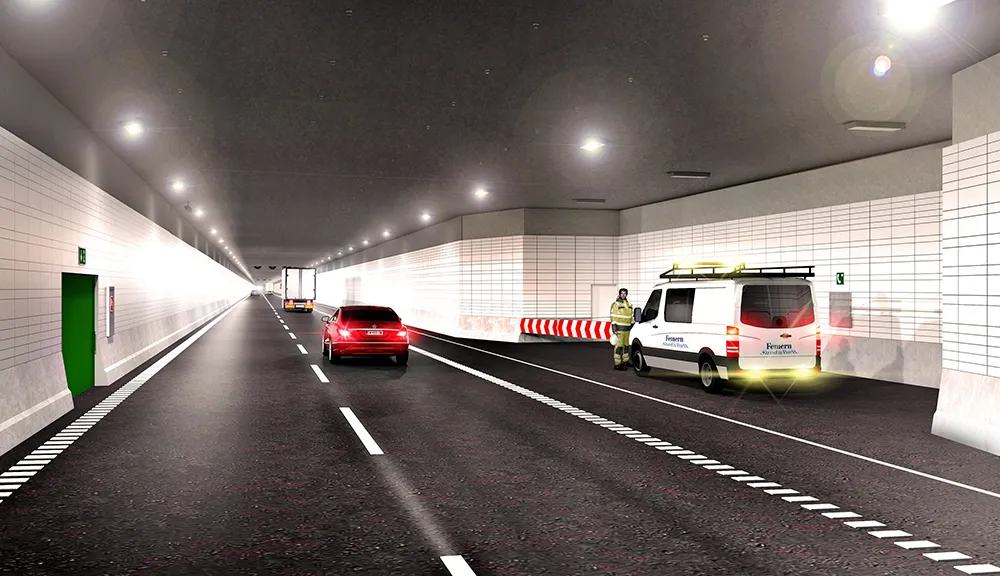A new intelligent transport system (ITS) has been launched as part of the Forth Replacement Crossing in Fife, Scotland, to ease congestion on the M90. The motorway management system will create a dedicated bus lane as well as carriageway variable speed limits which will be used during periods of congestion to help smooth traffic flow, reduce congestion and help make journey times more reliable. The system features seventeen new motorway overhead gantries linked to traffic sensors embedded in the carriageway
December 5, 2012
Read time: 2 mins
A new intelligent transport system (ITS) has been launched as part of the Forth Replacement Crossing in Fife, Scotland, to ease congestion on the M90.
The motorway management system will create a dedicated bus lane as well as carriageway variable speed limits which will be used during periods of congestion to help smooth traffic flow, reduce congestion and help make journey times more reliable.
The system features seventeen new motorway overhead gantries linked to traffic sensors embedded in the carriageway, which will automatically detect the build-up of congestion and vary the mandatory speed limit to help keep drivers moving.
Traffic Scotland says this is the first time such a system has been used in Scotland, although similar managed motorway schemes have been successfully implemented in England on sections of the M25 and M42.
The system will be extended to the M9 and M9 spur in 2013, and the final phase will be introduced in 2016 when the new Forth crossing is complete, when the system will extend over a length of 22km. This will also include a new operating regime for both the Forth Road Bridge and the new Crossing, catering for situations when high winds affect the Forth Road Bridge.
Transport Minister Keith Brown said: "The Forth Replacement Crossing is a flagship project for the2112 Scottish Government's determination to invest in our national infrastructure and, in turn, protect and grow our economy. And it is already delivering.
"The project, which is on time and on budget, was always about more than just the building of a new bridge, as impressive a feat of civil engineering as that stunning structure will ultimately prove to be.
"It was about improving that vital cross-Forth link and using existing infrastructure more efficiently to ensure better traffic flow and more reliable journey times, prioritised public transport, improved safety and lower emissions."
The motorway management system will create a dedicated bus lane as well as carriageway variable speed limits which will be used during periods of congestion to help smooth traffic flow, reduce congestion and help make journey times more reliable.
The system features seventeen new motorway overhead gantries linked to traffic sensors embedded in the carriageway, which will automatically detect the build-up of congestion and vary the mandatory speed limit to help keep drivers moving.
Traffic Scotland says this is the first time such a system has been used in Scotland, although similar managed motorway schemes have been successfully implemented in England on sections of the M25 and M42.
The system will be extended to the M9 and M9 spur in 2013, and the final phase will be introduced in 2016 when the new Forth crossing is complete, when the system will extend over a length of 22km. This will also include a new operating regime for both the Forth Road Bridge and the new Crossing, catering for situations when high winds affect the Forth Road Bridge.
Transport Minister Keith Brown said: "The Forth Replacement Crossing is a flagship project for the
"The project, which is on time and on budget, was always about more than just the building of a new bridge, as impressive a feat of civil engineering as that stunning structure will ultimately prove to be.
"It was about improving that vital cross-Forth link and using existing infrastructure more efficiently to ensure better traffic flow and more reliable journey times, prioritised public transport, improved safety and lower emissions."










